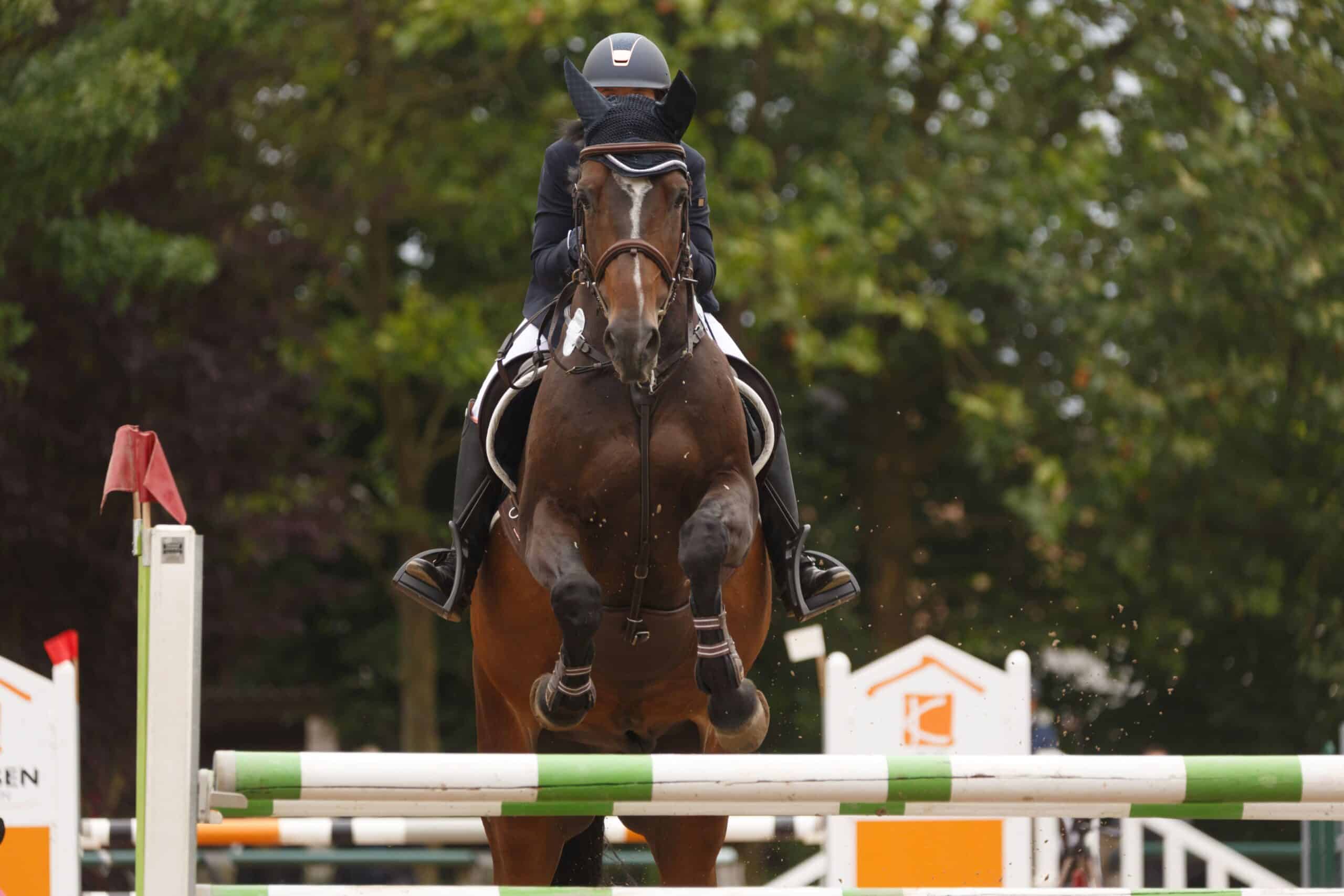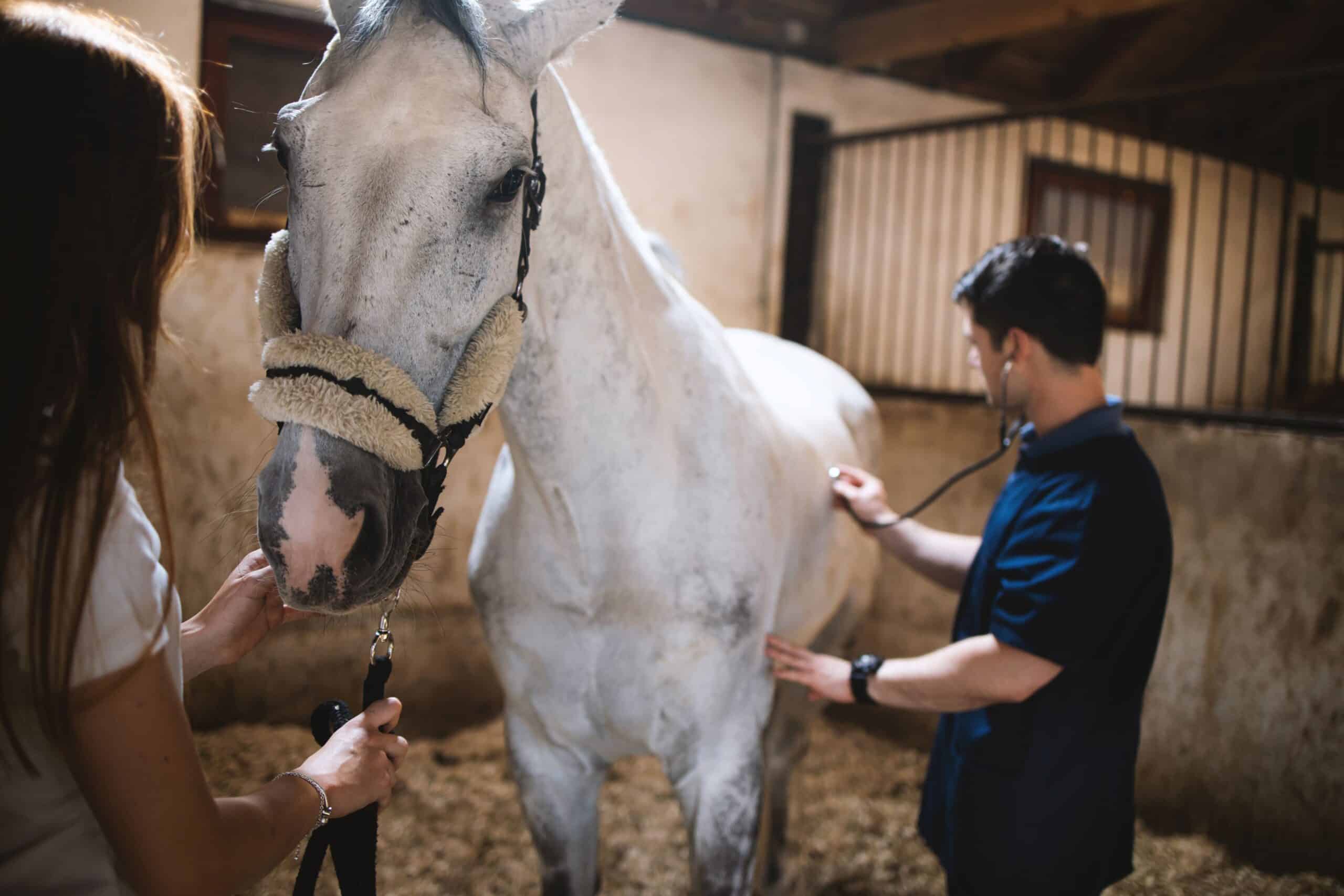Searching for the perfect competition horse can be both a challenging and exhilarating task. It’s not just about finding a horse that is physically capable of performing well, but also about forging a deep connection and understanding between rider and horse. This article provides a comprehensive guide to help you make informed decisions and maximize the potential for a successful partnership with your new competition horse.
The Selection Process: Step-by-Step
Choosing a competition horse requires a deep understanding and detailed consideration of various aspects. Begin with an honest assessment of your own skills and the specific requirements of the equestrian discipline you are interested in. Are you aiming for show jumping, eventing, or another discipline? Each of these disciplines has specific demands on the horse. After this initial self-assessment, the process of finding the right horse involves several steps. First, you’ll need to study the pedigrees of potential horses to understand their lineage and inherent qualities. Next, watching videos of the horses in competition can provide insights into their performance under pressure. Finally, directly trying out potential horses allows you to assess their suitability in person and see how they respond to you and your commands.
Evaluation Criteria for Competition Horses
An ideal competition horse is characterized by a combination of physical fitness and mental strength. Physically, the horse should be well-proportioned, with strong back muscles, healthy joints and hooves, and an overall robust constitution. Mentally, it should be capable of quickly adapting and be eager to learn. The temperament of the horse is also crucial. A horse that is too temperamental can be difficult to control under stressful competition conditions, whereas a too phlegmatic horse may lack the necessary energy and motivation.
Important Questions Before Purchase
Before purchasing a competition horse, you should thoroughly inform yourself. Exploring jumping horses for sale can elevate your competitive edge. How old is the horse, and what can be expected from its previous training and performances? How does it behave under competition conditions and in new environments? Is the horse healthily stable, or has it had injuries or illnesses in the past? These and other questions are crucial to realistically assess the suitability and future viability of the horse.
The Importance of Professional Evaluation
It is essential to have the potential new competition horse examined by an experienced veterinarian. This usually involves a comprehensive health check, including X-rays and possibly an ultrasound examination to rule out hidden problems. Similarly, a professional trainer or experienced rider should see the horse in action to assess its behavior and capabilities in practice. These experts can provide valuable insights into whether the horse is suitable for your goals.
Checklist for Choosing a Competition Horse
A well-thought-out checklist is an indispensable tool when selecting a competition horse. This checklist should include categories such as age, health, level of training, results from previous competitions, and specific traits for the chosen discipline. Also, personal impressions and notes on each tested horse should be recorded to better understand the decision later.
- Performance Records and Track Record: Check the competition history of the horse. Insights into its past performances can tell you how the horse performs under various conditions and in different competitions.
- Breeder and Previous Owner Information: Information about the breeder and previous owners can provide valuable insights into the upbringing and previous care of the horse. Good breeders often ensure solid basic training and health care.
- Specialized Veterinary Exams: Beyond standard health checks, specialized tests like genetic screening for hereditary diseases or detailed orthopedic examinations are crucial, especially if you have high performance demands.
- Training and Manageability: It is crucial to understand how the horse has been trained and how it responds to various training situations. A well-trained horse should be able to consistently execute commands and adapt to new training methods.
- Equipment and Care History: Check which equipment has been used (e.g., saddles, bridles) and how regularly the horse has been professionally cared for. This can provide insight into potential hidden problems, such as poorly adjusted equipment that can lead to long-term health issues.
- Behavior in Social Situations: The horse’s interaction with other horses and people is an important aspect. A well-socialized horse shows fewer behavioral problems and can adapt more easily to new environments.
- Nutritional and Health Management: Insights into the dietary habits and health management can indicate the overall well-being of the horse. An optimally nourished and well-cared-for horse has better performance capability and is more resistant to diseases.
- Future Potential and Adaptability: Evaluate the potential for future training and competition demands and the horse’s adaptability to new disciplines and challenges.
Conclusion: Successfully Achieving Goals
Choosing the right competition horse is more than just an investment; it is the beginning of a potentially long-term partnership. By considering the steps and considerations outlined in this article, you improve your chances of finding the right horse and lay the foundation for future success in equestrian sports. Take the necessary time for this process, utilize professional support, and rely on a methodical approach. This will help you make a decision that brings both you and your horse onto a fulfilling journey together.
picture credit: romul014, Nadine Haase/ Adobe Stock




